When Monark was first announced, it was easy to make assumptions about what kind of game it would be. It’s a JRPG from a new team that previously worked on the Shin Megami Tensei series, after all. With its Western release date approaching, expectant players can try the new demo — a demo that reaffirms some of those assumptions. Monark feels a lot like Persona, but on a smaller scale and with a completely different, tactical combat system.
Back to school
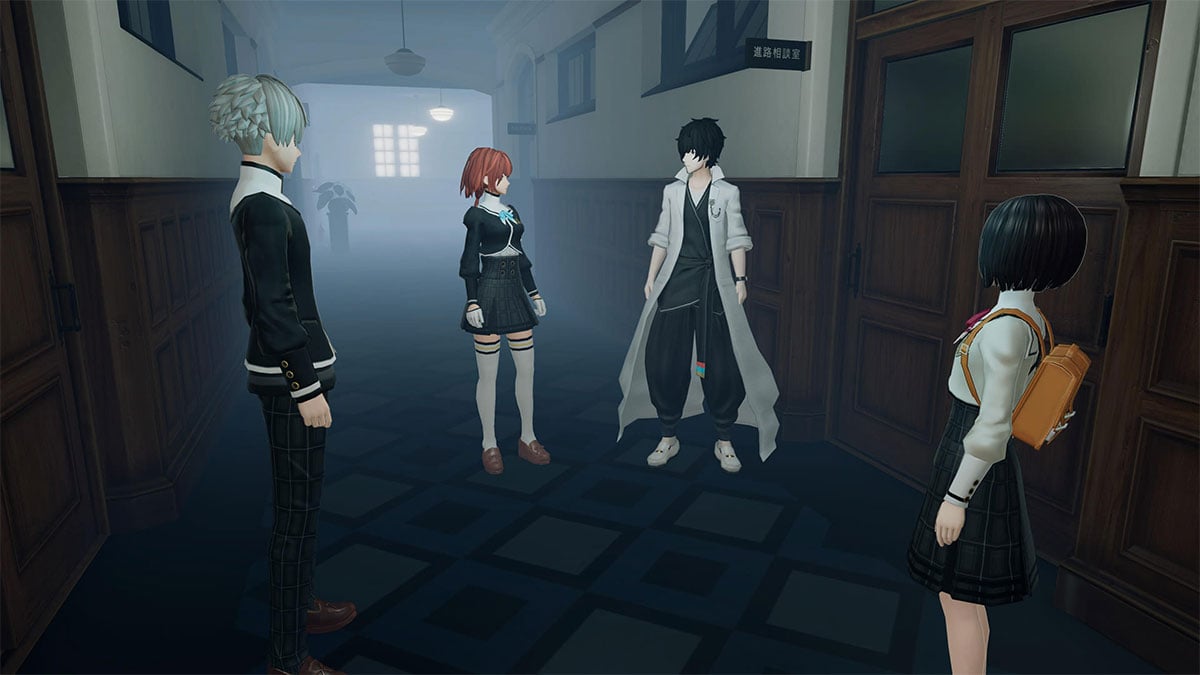
The setting and narrative thrust invite Persona comparisons. Monark takes place at Shin Mikado Academy, which has been filled with strange mist that makes students go mad. This mist is from the Otherworld, another dimension with powerful demons called Monarks. School is a common setting for JRPGs, but the dimension-hopping and demon-battling give me Persona 5 vibes — especially when I enter the Otherworld through a cell phone. That’s not a bad thing; it just means that Persona fans should feel at home.
Monarks are themed after the seven deadly sins, and a personality quiz at the beginning of the game determines which of the seven you’re most associated with. Regardless of your results, all seven sins are stats you can increase. Scores determine some attacks you can use in combat, and higher numbers are needed to recruit new party members — one side quest required a rather high score of 500 Lust. I wasn’t going to achieve that in a demo, but I did appreciate the incentive to increase my scores.
Another world, another battle system
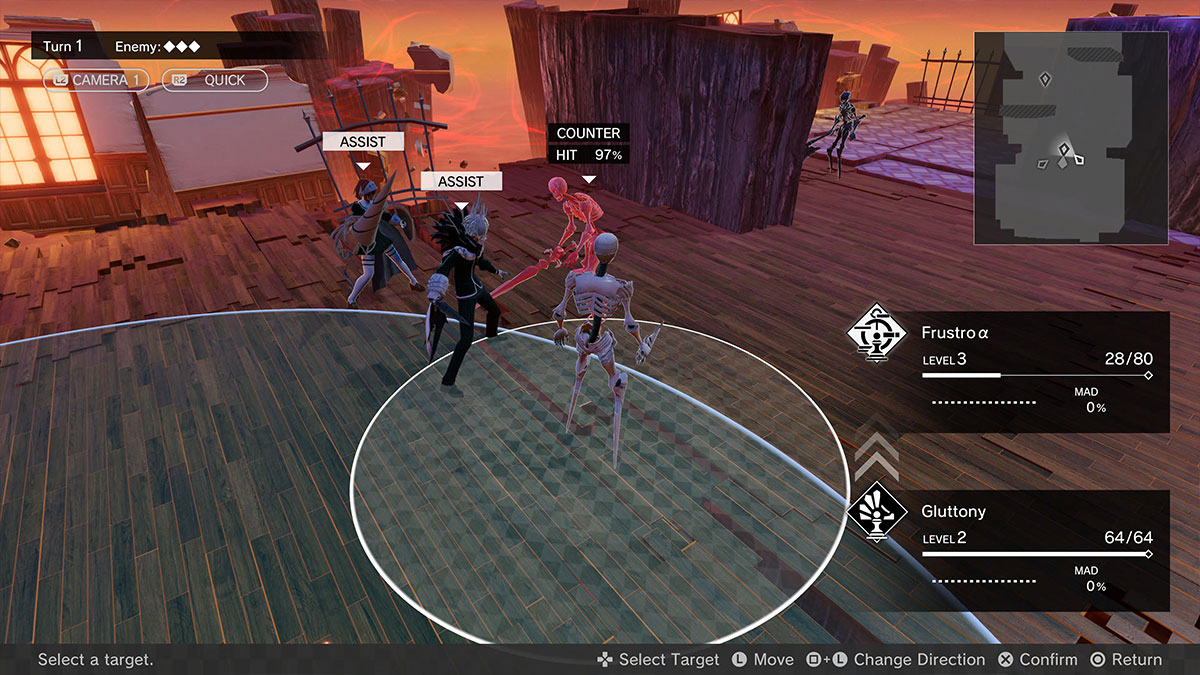
What I didn’t appreciate was the generic demon I was given as a party member. The Fiend, as it’s called, is a skeleton-like monster that’s themed after your highest sin score. Gluttony was mine, but no matter which of the seven you get, you are given the same generic skeleton. It can be customized with armor that changes its stats and appearance, but I was disappointed that it didn’t reflect my initial choices in a substantial way.
You battle alongside your Fiend in a special suit of armor called an Imagigear — “your soul made manifest,” as the game says. Fighting demons is done through a battle system that feels something like chess. While it is turn-based, you’re not standing in a line exchanging blows with enemies in a similar formation. You can freely position yourself within a range, then choose an attack or buff to unleash.
Every attack has a range, displayed on the ground in shapes like circles and arches. Strategy comes from overlapping these ranges: allies who overlap with their attack range can execute a follow-up, while enemies within it can counterattack. Positioning is key, especially when the battlefields start throwing in walls, healing beacons, and poison-spewing flowers. Physical skills, called Arts, cost HP to execute, while magical buffs called Authorities don’t. Awake and Mad gauges also fill up after certain moves, and maxing them out can put you in a super-powered state or send you into an uncontrollable rage, respectively. Altogether, these mechanics make for an engaging combat system. Finding synergies between moves and executing the best strategy for each encounter felt fulfilling.
These battles are unique — no random encounters here. When you’re not in the Otherworld, you can use your phone to revisit battles (or dial a random number for extra encounters) if you need to grind. It’s a convenient way to try new tactics as well.
Seven deadly sins
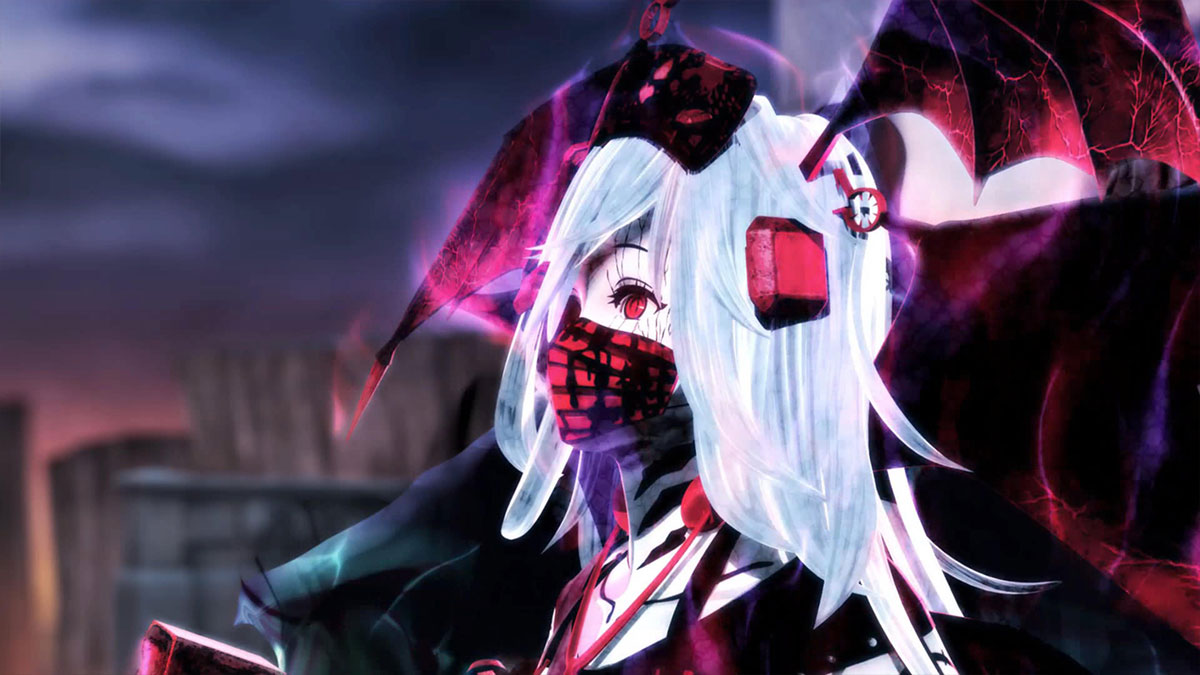
In your own dimension, you’ll explore the academy, making your way through the mist-ridden hallways and classrooms. The aforementioned Mad gauge fills up anytime you’re in the mist, sending you back to the infirmary should it max out. It’s like a time limit, and it makes exploring each section of the school pretty harrowing. You may also receive Death Calls, which send students lost in the mist — called the Unsettled — into a rage. Should their screams reach you, you’ll again go back to the infirmary. Answering a Death Call initiates a battle, but winning it calms the Unsettled down. It’s nice having a choice between exploring at your own pace or leaning into combat to make the path easier.
Your overarching goal is to take down seven Pactbearers, humans like you who have been given power by the Monarks. The demo spans the game’s first chapter, covering the sin of pride through the infuriatingly full-of-himself student council president Kurama, who has the ability to hypnotize students. It’s a strong characterization, one that makes me curious about how the other six sins are embodied.
To stop Kurama, you’ll need to destroy three crystals in the Otherworld. Each crystal requires a bespoke battle, and Kurama will summon his Monark Superbia to fight you before you can reach the third. It’s a fitting final challenge for the demo, and just as Kurama displays pride in the real world, his Imagigear and Monark are a striking visualization of the sin in the Otherworld.
Is the Monark demo worth trying?
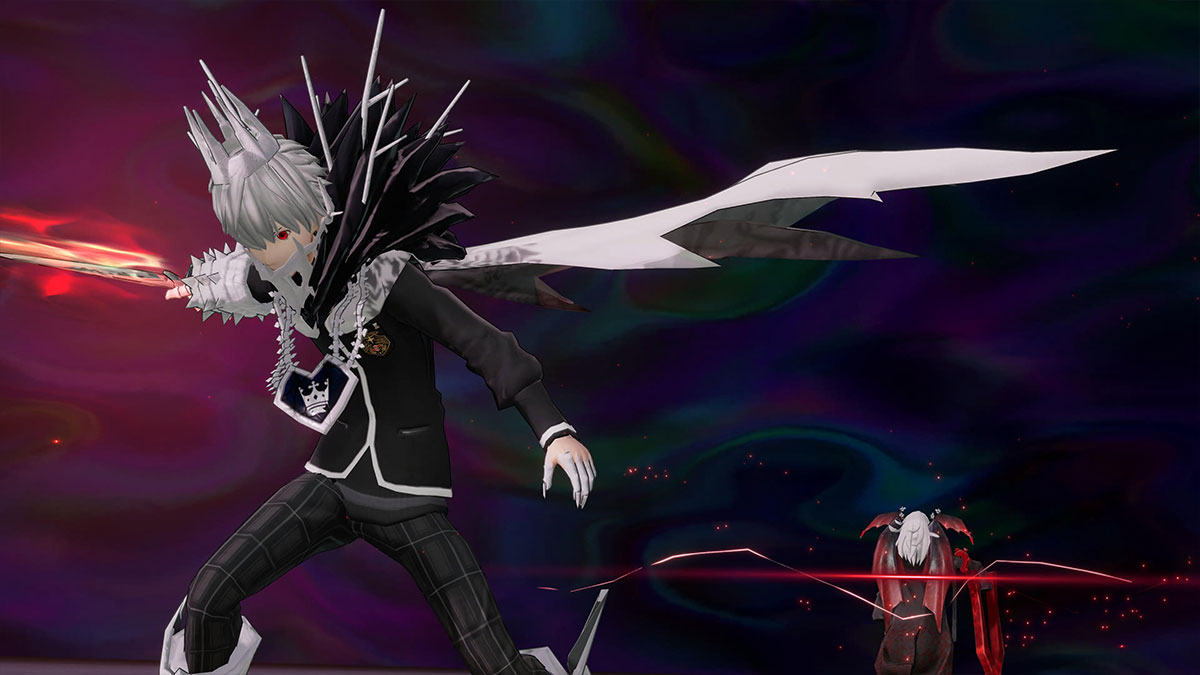
Considering I stopped one-seventh of the sins in just the demo, I can’t imagine Monark will be an overly long JRPG. That can be a good thing — my Persona 5 playthrough took a whopping 95 hours. But it’s not just game length that makes Monark feel like a smaller-scale version of Persona. The school map is neatly divided into seven sections, so I’m not expecting some world-ending threat hovering over all of Japan. To that end, I appreciate Monark’s focus on just the academy.
I also respect its effort to build a radically different battle system from Shin Megami Tensei. While I’m not pleased with the generic demon companion, I did enjoy the chess-like combat and its clever use of positioning and ranges. Should battles in Monark continue to reveal more emergent tactics and the story continue to feature such hateable villains, I can see JRPG fans wanting to bring Shin Mikado Academy out of the mist.

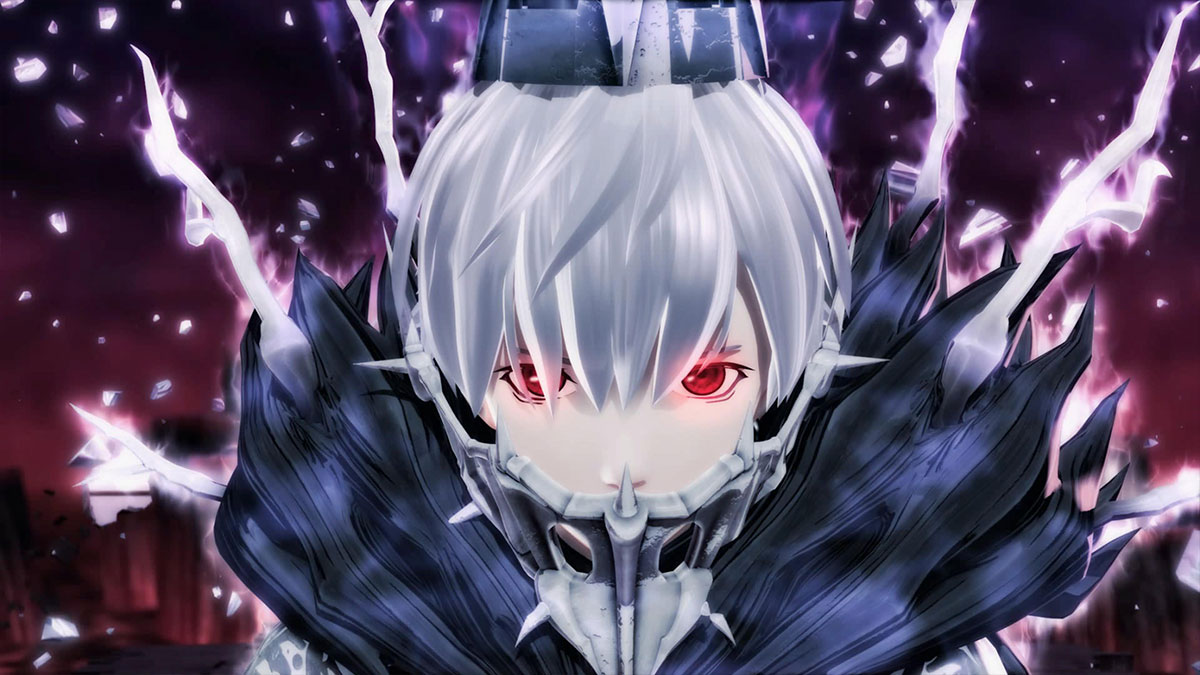





Published: Jan 27, 2022 03:13 pm